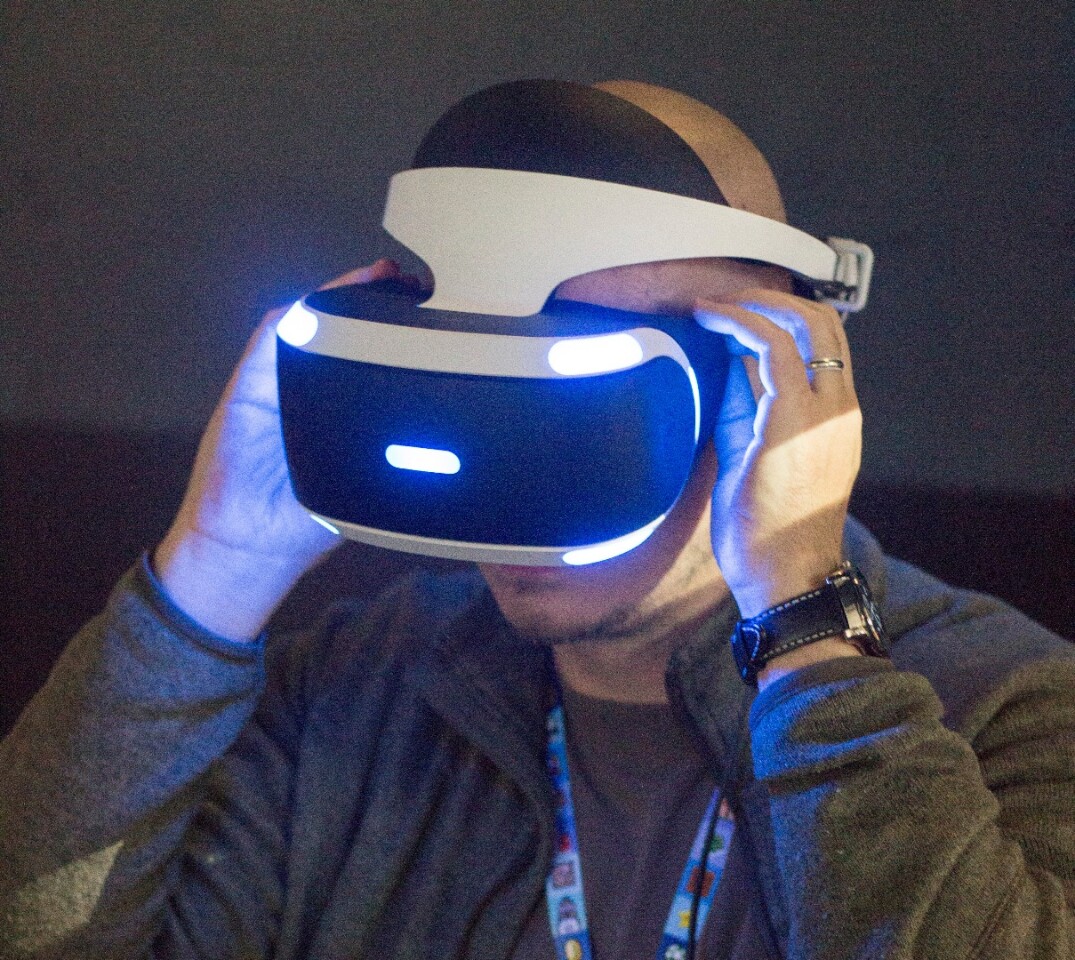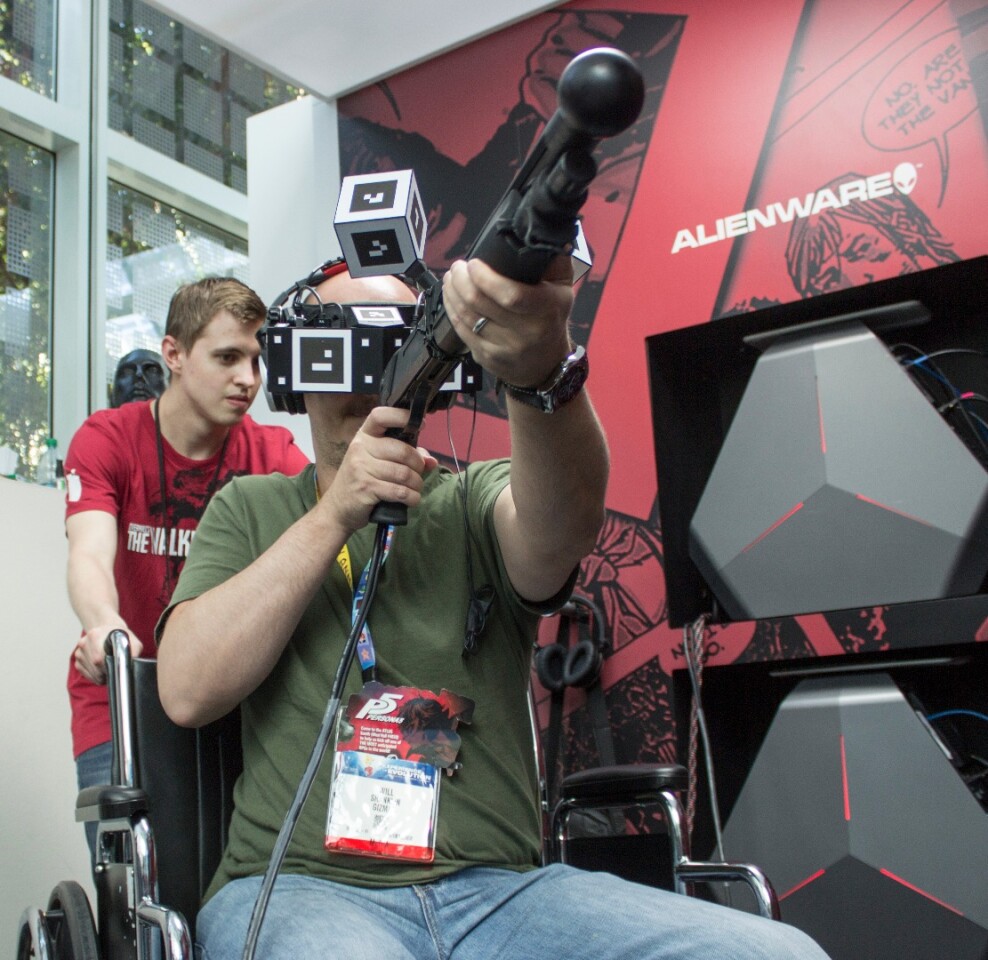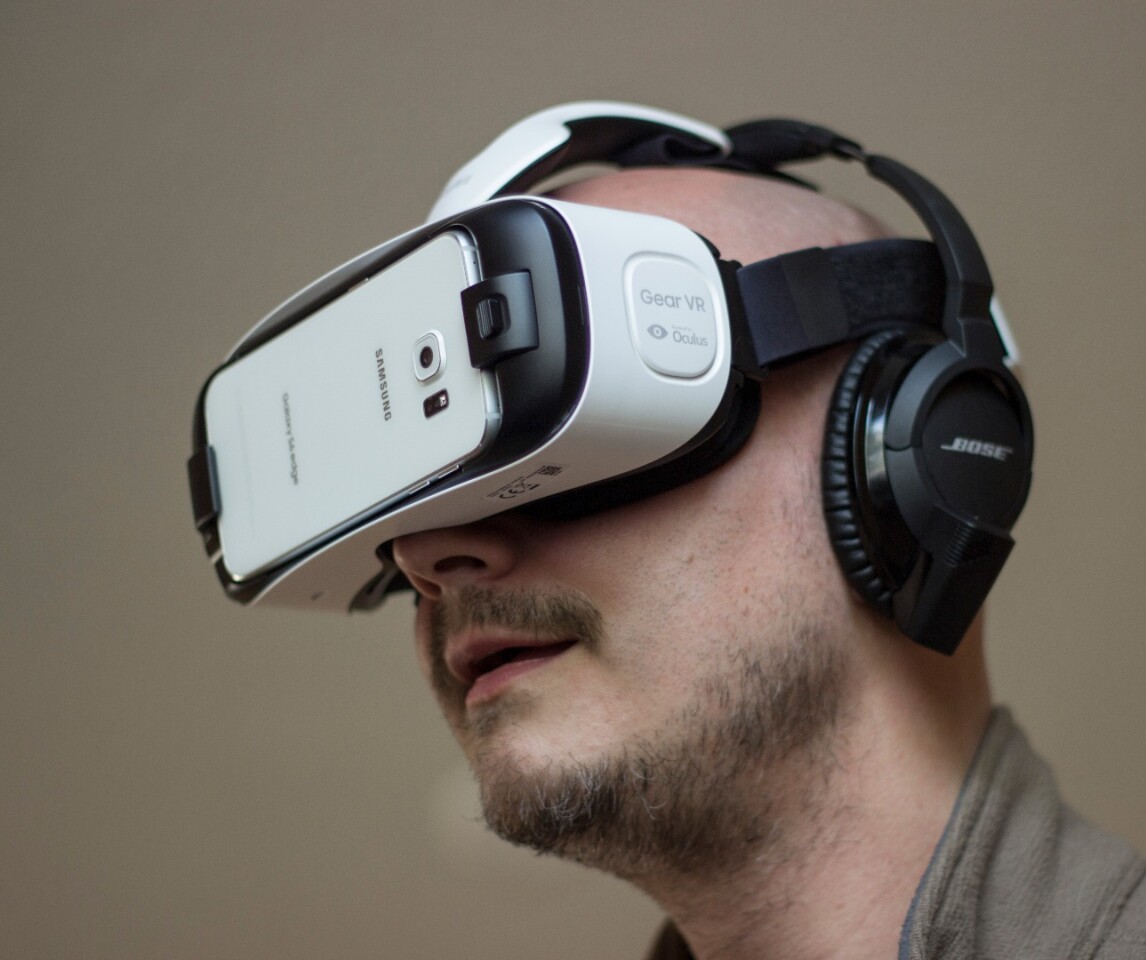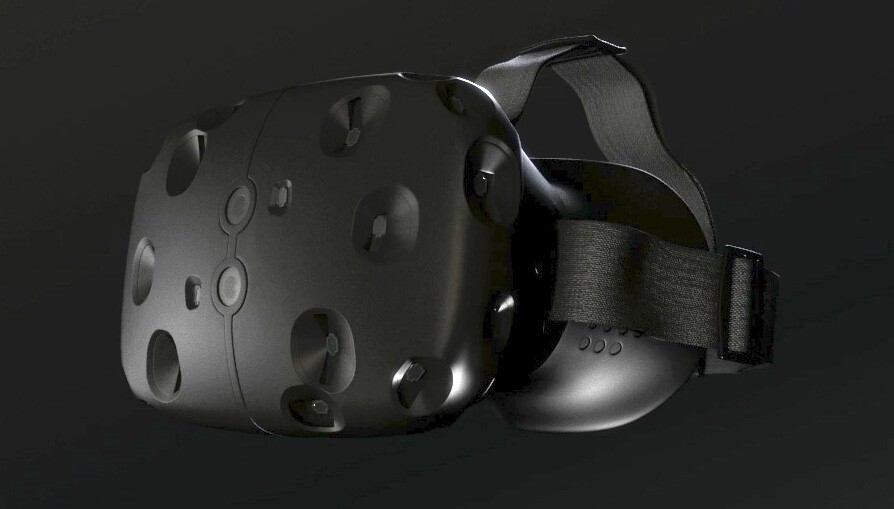Traditional game consoles may still have the biggest presence at E3, but this year virtual reality was there in full force, showing that the future of gaming is no longer a far-off fantasy. After trying the biggest headsets on display at E3, we have a few thoughts on how things are stacking up.
It was Oculus VR that kickstarted this growing virtual reality craze, and its headset, the Oculus Rift, is in great shape. The consumer Rift is a lightweight, polished headset with an innovative pair of motion-sensing controllers.
But based on our hands-on, it's the Rift's content that (for the time being, at least) sets it apart.

The four demos we played with the Rift CV1 – Lucky's Tale, Edge of Nowhere, Eve Valkyrie and Chronos – showed AAA-quality levels of polish and graphical fidelity – good enough to get any gamer salivating.
Interestingly, all but Eve Valkyrie are third-person, showing that VR developers may be approaching first-person titles (which can be more prone to inducing motion sickness) with caution. And the lone first-person title in that bunch is a flying game that uses a cockpit, a known stabilizing trick for first-person games.

We did play one fascinating first-person demo in a separate meeting, nDreams' The Assembly (above). Having played three levels on an Oculus Rift Crescent Bay prototype (the title will also launch with the HTC Vive and Project Morpheus), the game shows how VR's ability to make the simplest of tasks fascinating could rejuvenate the adventure genre.
In its current form, however, the demo did give me some slight feelings of motion sickness. Oculus is confident that motion sickness will only be an issue during VR's first generation or two, but it still appears to be an ongoing challenge for VR developers right now.

We didn't get as extensive a look at Sony's PS4-based Project Morpheus, as we were only able to experience an animated virtual concert (the lone interactive element was waving our PS Move controllers as glow sticks ... yay). But the headset itself is comfortable and slightly better for glasses than the Oculus Rift is.
And despite Morpheus' having lower 1080p resolution, we didn't notice much of a "screen door effect" (visible pixels).

HTC opted not to showcase the upcoming Vive (which is scheduled to launch before both the Oculus Rift and Project Morpheus) at E3, so the last big headset we played with at the event was the up-and-comer StarVR. It has an insane 5K display (two Quad HD panels sitting side-by-side) with an equally mind-boggling 210-degree field of view. Add the company's lifelike shotgun controller to the mix (while playing a fun new Walking Dead game), and it was one of our most impressive VR demos to date.
StarVR's demo did have a bit of screen judder (the virtual world slightly shook) a few times, though, making us wonder just how ridiculously powerful a gaming PC you'll need to power that 5K headset.

The other big player in this (early days) virtual reality game is Samsung's Oculus-powered Gear VR, which we're already well familiar with. Despite being powered by a smartphone (trailing far behind the horsepower of a gaming PC and, to a lesser degree, the PS4), you might be surprised to hear that it holds its own quite well. If you own a Galaxy S6 and want to dip your toes into the world of virtual reality, the new Gear VR is your best choice at this moment.
If we had to pick a "winner" out of the headsets we saw at E3 (which, again, excludes the Vive), we'd have to put the Oculus Rift first – based on its Oculus Touch controllers and how polished its showcased games are. On the other hand, though, developers we chatted with tell us that once you've made a VR game for one platform, it's relatively easy to port it to one of the other platforms. So, apart from exclusives like Lucky's Tale, some of Oculus' big games could very well end up being Vive, Morpheus and StarVR games as well – potentially negating that advantage.

As far as physical ergonomics, we'd give a very slight edge to Project Morpheus. Though it's likely heavier than the Rift, its front visor hangs down from above, giving it a very comfortable weight distribution. Its biggest advantage, though, is that you can slide the lenses forwards and backwards, so glasses-wearers can find the perfect fit.
The Oculus Rift's lenses can be adjusted horizontally, for interaxial distance, but not forwards and backwards (though it too fit pretty well with my glasses).
The costs of required equipment are another big factor, and could be a big win for Sony. Oculus, StarVR and Vive will require a gaming PC – something that will cost US$850 or so if you don't already own one with the necessary specs. The Gear VR, meanwhile, costs $200 for the headset itself, but the required Galaxy S6 (or GS6 edge) costs another $200 or more on-contract (or $650 or more at full retail).
... Project Morpheus' equipment? Just $400 for the PlayStation 4 – which many gamers already own.
Apart from the Gear VR, though, we still have no idea what any of the actual headsets will cost.
The wild card in this bunch is StarVR. It's a newer headset, so the others feel a bit more polished, but its super-wide field of view lets you use your peripheral vision – great for shooters where you need to scan your environment. And the shotgun controller, as long as it doesn't cost hundreds of dollars (as specialized PC controllers often do), will be an essential companion for Overkill's The Walking Dead (a reasonably-priced bundle would be a great incentive for gamers to invest in the platform ... you hear that, Starbreeze?).

At its best, virtual reality is like a teleporting machine. Which one does this the best? Well, the thing is: they're all very similar in this respect. Even Google Cardboard, when used with a phone that has a decent-sized screen, can make you feel like you're transported to a new place. That's why we spent so long talking about content, equipment and finer details like how easily you can fit glasses on. Right now the basic VR experience is fairly similar no matter where you go.
Despite Oculus' apparent leadership position right now, though, the SteamVR-based HTC Vive could be the headset to keep the closest eye on. If HTC hits its launch target, the Vive will ship this holiday season, before any of the other PC or console-based headsets.
The Vive's free-roaming nature, which lets you move around a 15 x 15 ft. (4.6 x 4.6 m) room with full motion tracking, could take the degree of virtual presence to a level that its rivals aren't yet reaching (update: it does!).
For more on this quickly-growing VR landscape, you can check out Gizmag's E3 2015 hands-ons with the Oculus Rift, Project Morpheus and StarVR, as well as our review of the newest Gear VR.











